The US Labor Department reports that job openings rose to a two-year high in February, while in March employers added nearly 1M new jobs. In this new reality of the post-pandemic world when more and more businesses are reopening their doors, job openings are accelerating faster than people can send job applications.
Unsurprisingly, many business owners are frustrated with this whole situation as they complain over how nobody wants to work these days. But things are not that easy. A growing body of workers are now stepping up to voice their eye-opening reasons on why making frappuccinos and defrosting pies would not be the smartest idea right now. And these are way more complex than just “wanting” or “not wanting” to work.
So in order to be heard, workers are now making their own posters to defend themselves from being continually blamed for staffing shortages across the country. Read on below to see what people had to say about it all.
Workers have had enough of their employees crying over how “nobody wants to work” in times of pandemic, so they’re putting up paper signs to explain why that is

Image credits: DevitaDavison

Image credits: MattPostSaysHi
The recent A.U.S. Census survey conducted in March found that about 4.2 million adults aren’t looking for jobs, not because they’re scarce, but because of worries about catching the coronavirus, states The Wall Street Journey.
Another reason is that while businesses are reopening, many adult employees with children have no one to leave their kids with. Caregiving responsibilities have particularly affected potential female employees as in late March, more than half of schools were still in remote learning or combination classes. Many women feel torn at this point, realizing that they can’t do both—be a good stay-at-home mom and an exemplary employee.
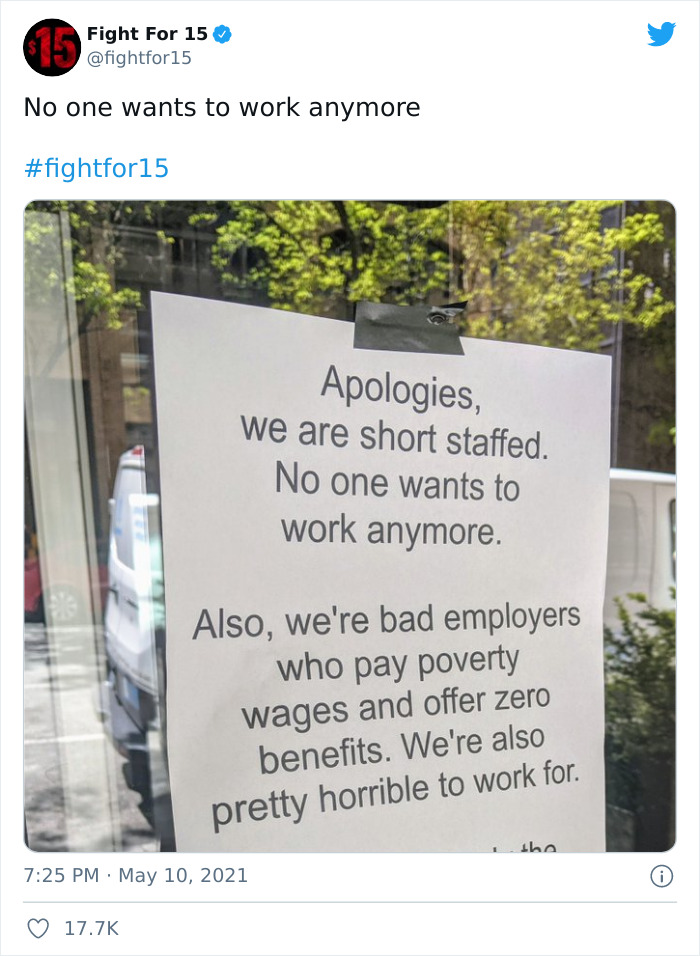
Image credits: fightfor15
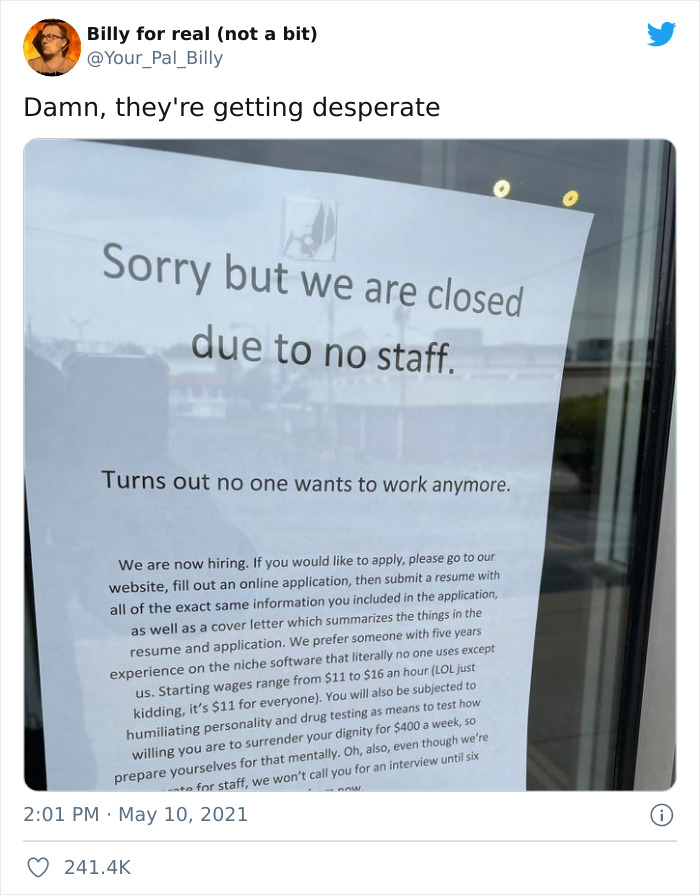
Image credits: Your_Pal_Billy
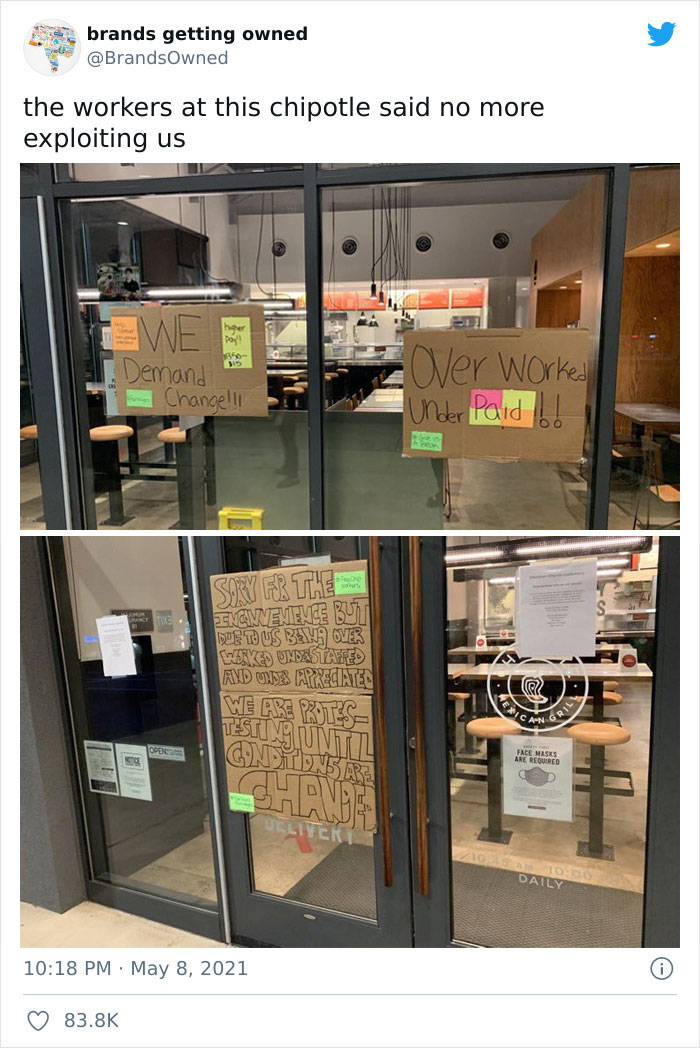
Image credits: BrandsOwned
Unemployment benefits have been the last resource for many unemployed people to support the economy with weekly expansions of $600. University of Chicago researchers have found that “benefit expansions during the pandemic were a more effective policy than predicted by standard structural models.” Their figures showed that “overall spending was 2.0-2.6 percent higher and employment only 0.2-0.4 percent lower as a result of the benefit expansions.”
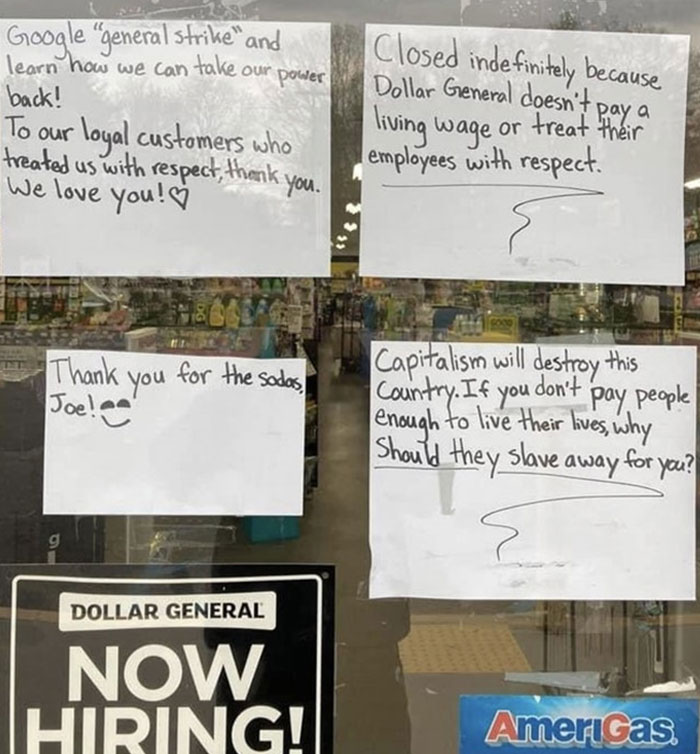
Armed with wit, people started making memes about the whole “they don’t want to work” situation

Image credits: hotandpisces

Image credits: JMoneyRed
But these expansions are already set to finish in early September and economists are watching to see what that means for business owners and low-wage workers. The low-wage workers are the most affected by the pandemic quirks in the economy and they are likely to recover much slower than higher-wage workers.
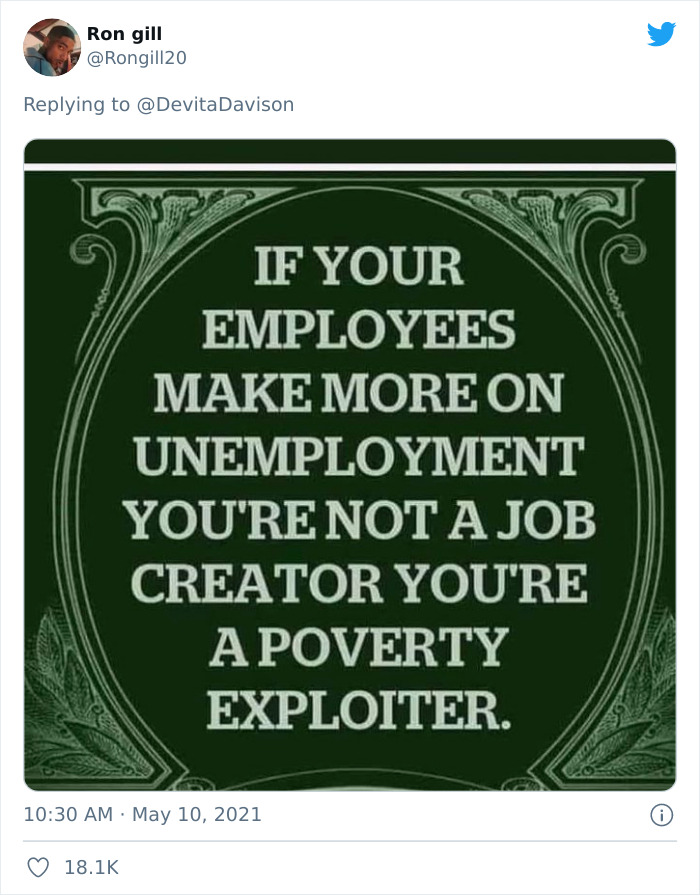
Image credits: Rongill20
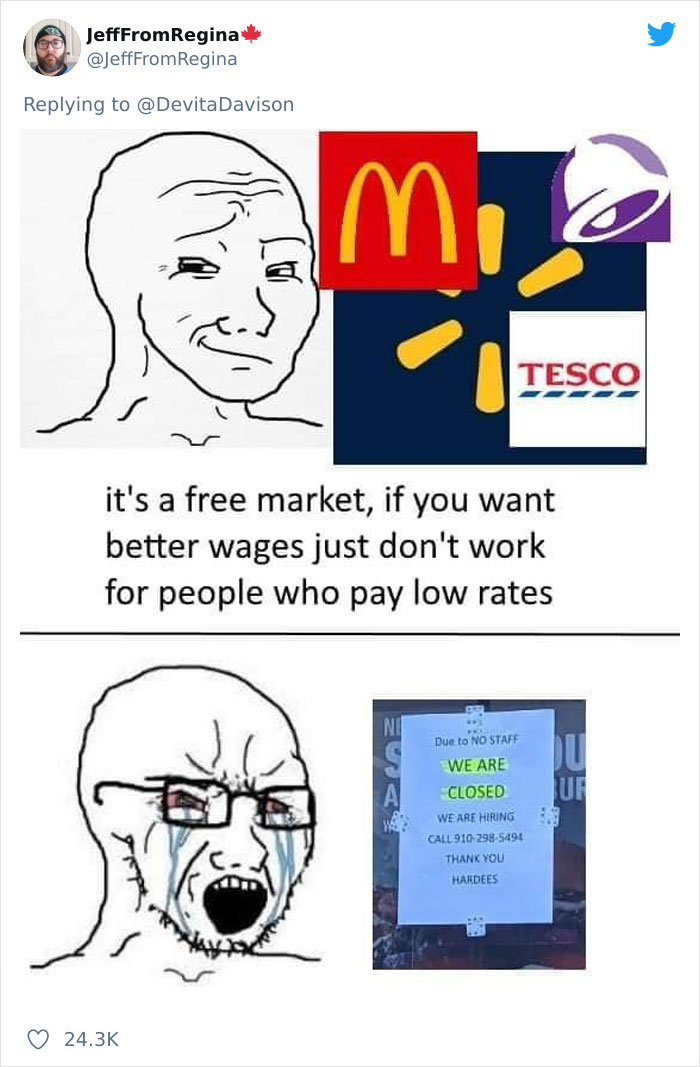
Image credits: JeffFromRegina
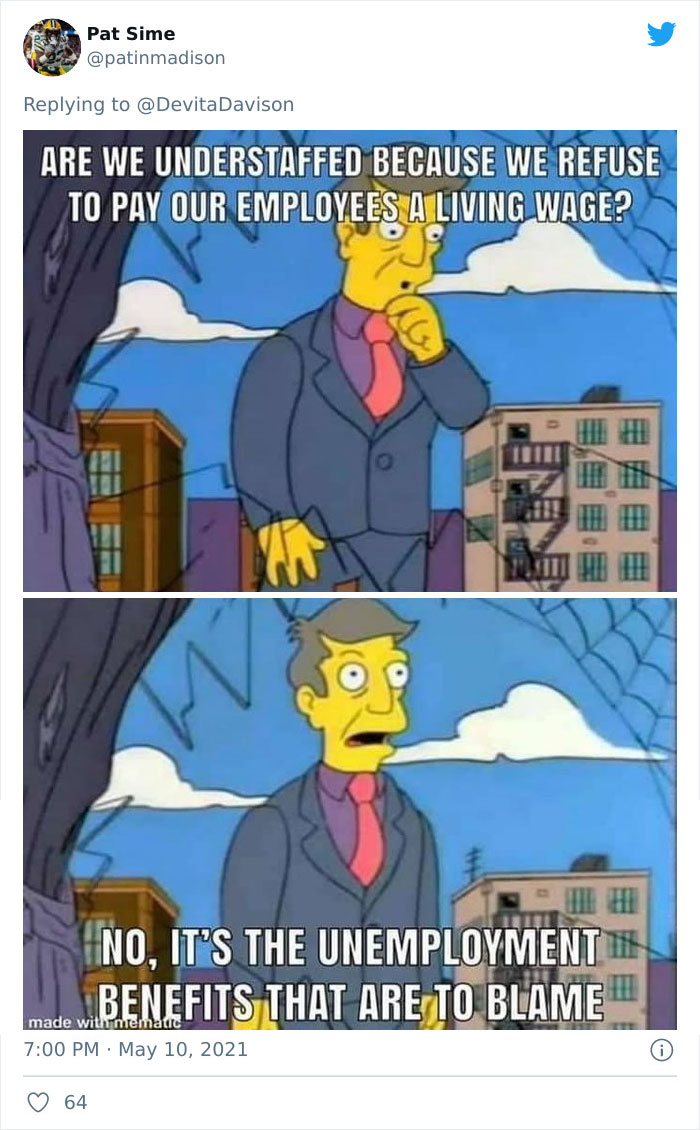
Image credits: patinmadison
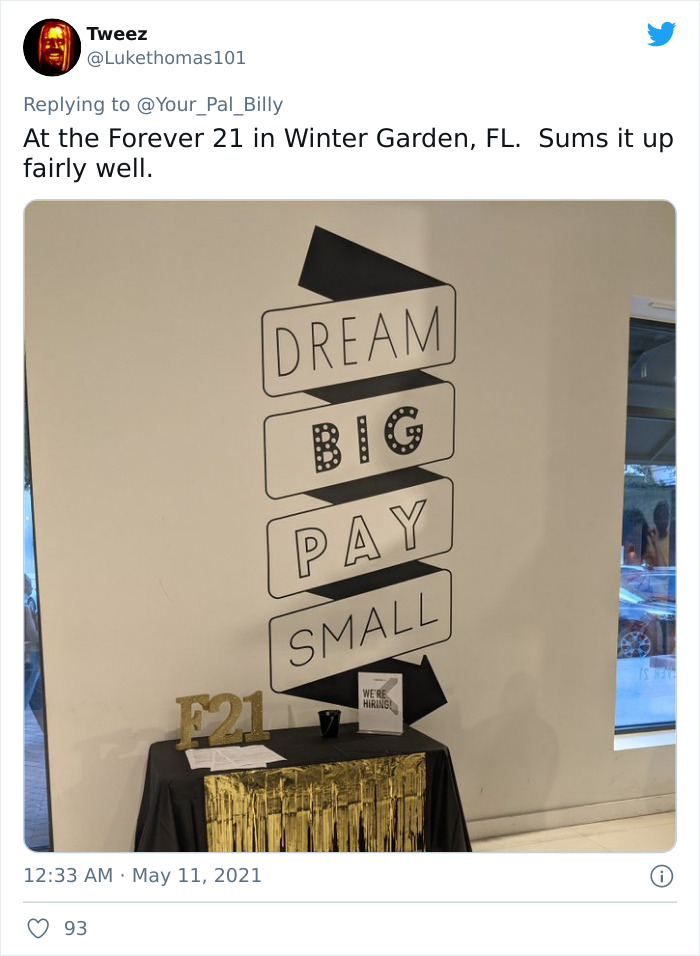
Image credits: Lukethomas101

Image credits: SquirtGG
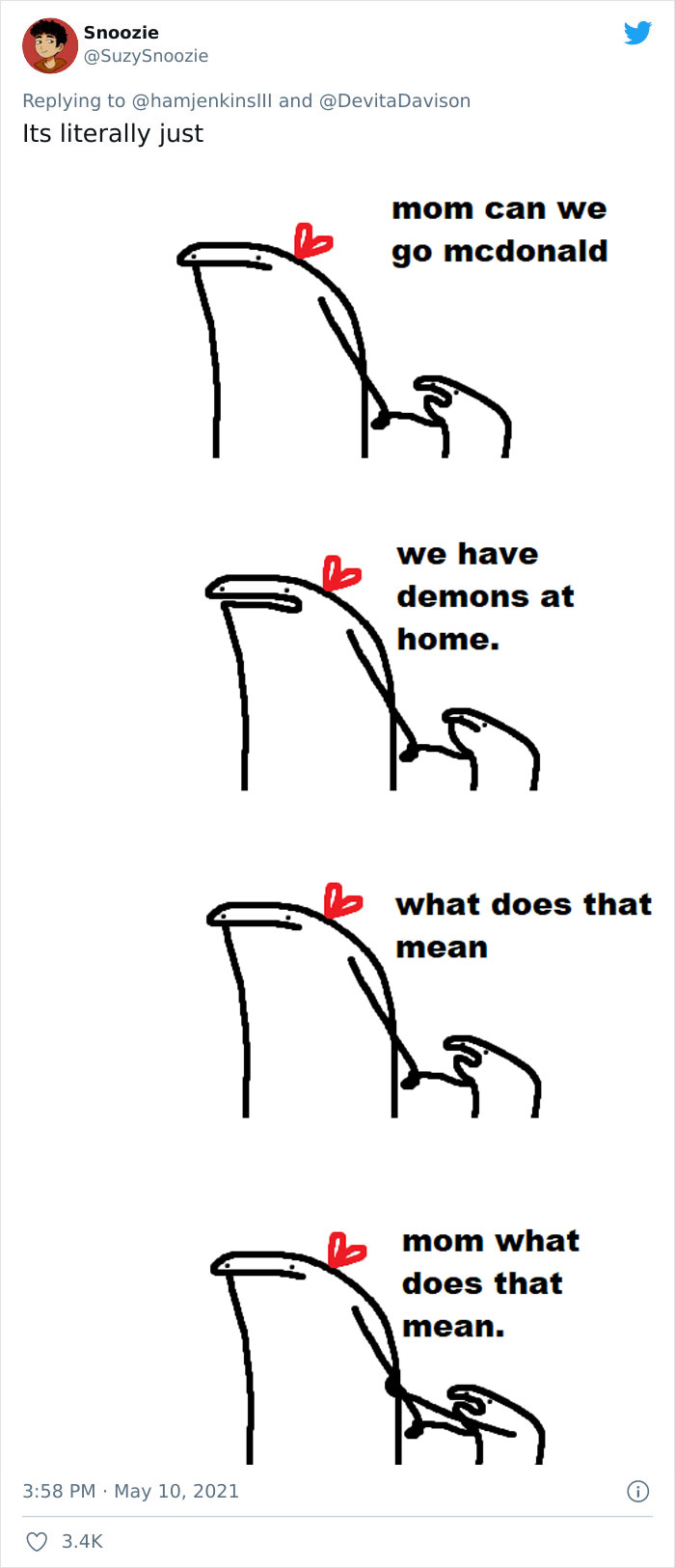
Image credits: SuzySnoozie
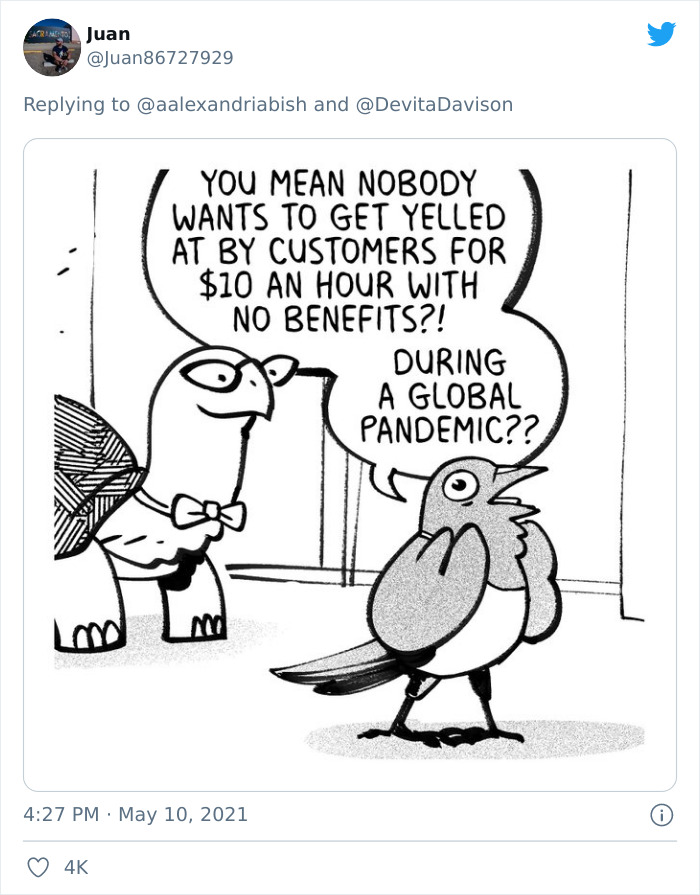
Image credits: Juan86727929
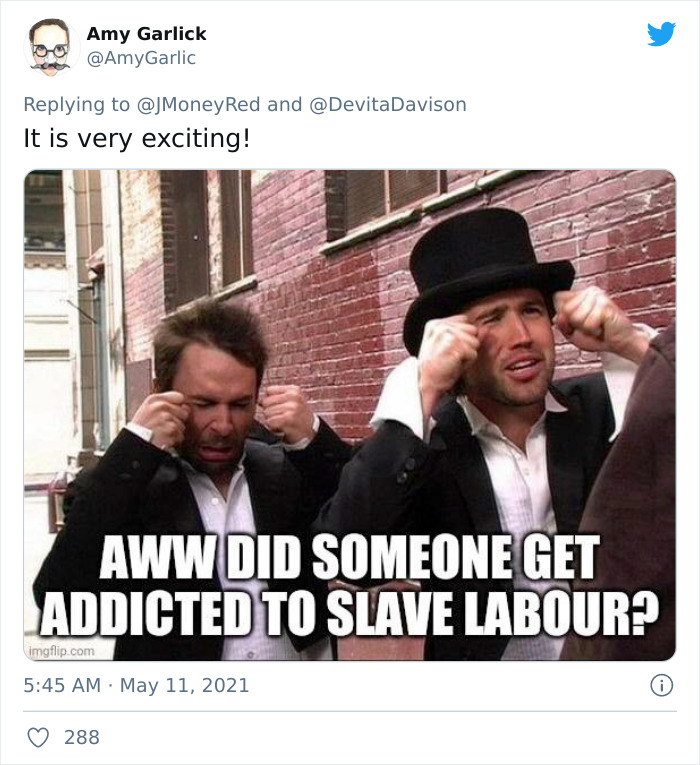
Image credits: AmyGarlic
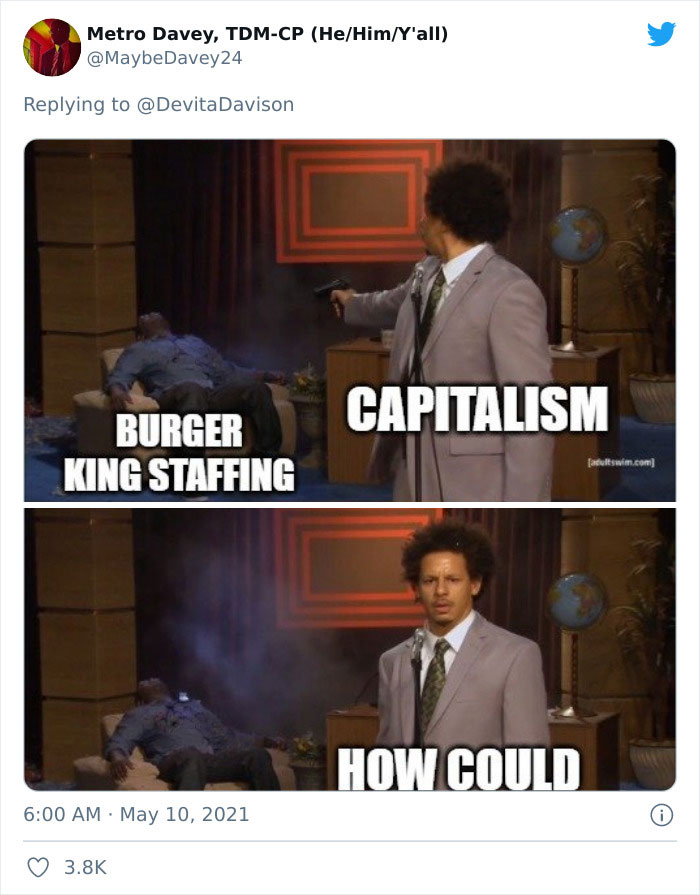
Image credits: MaybeDavey24

Image credits: 719Happy303
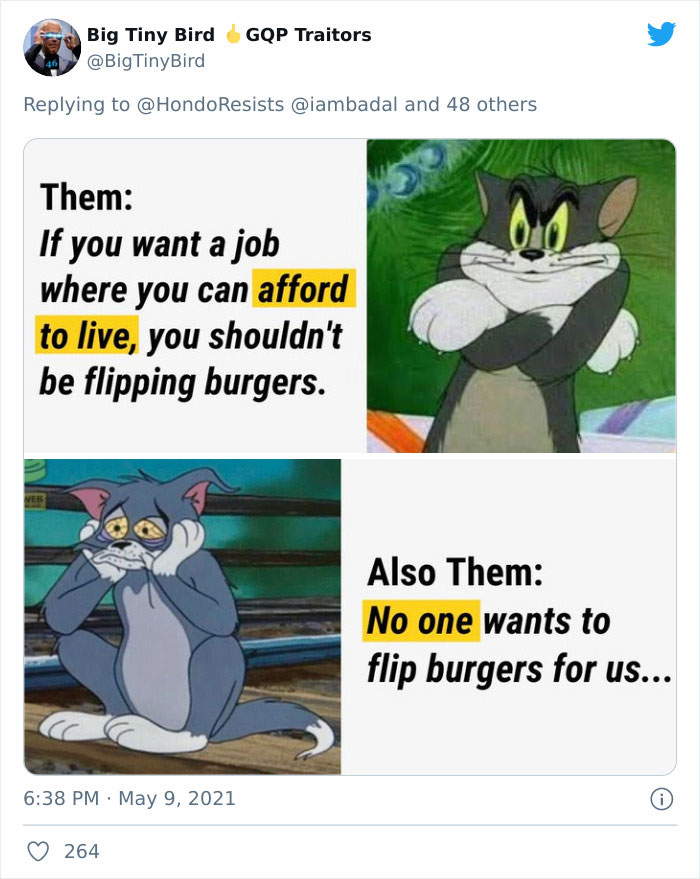
Image credits: BigTinyBird
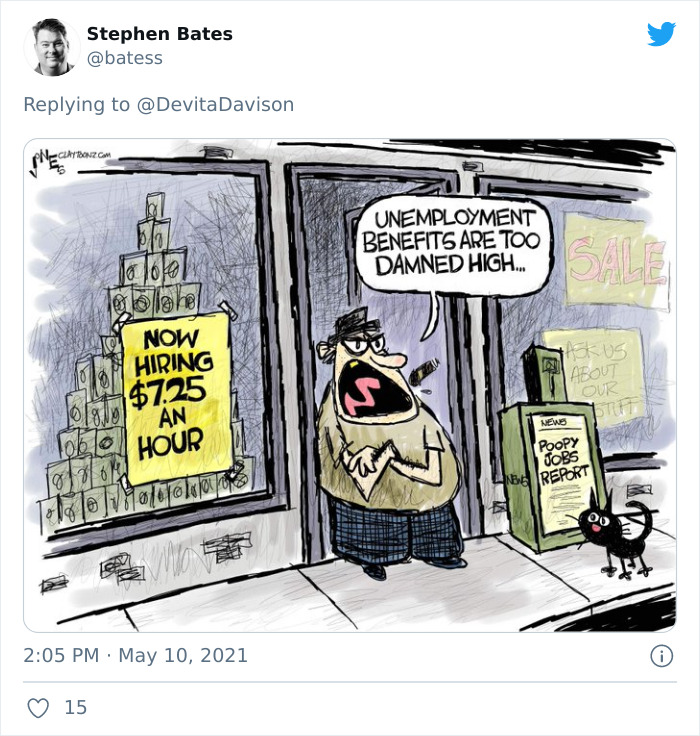
Image credits: batess
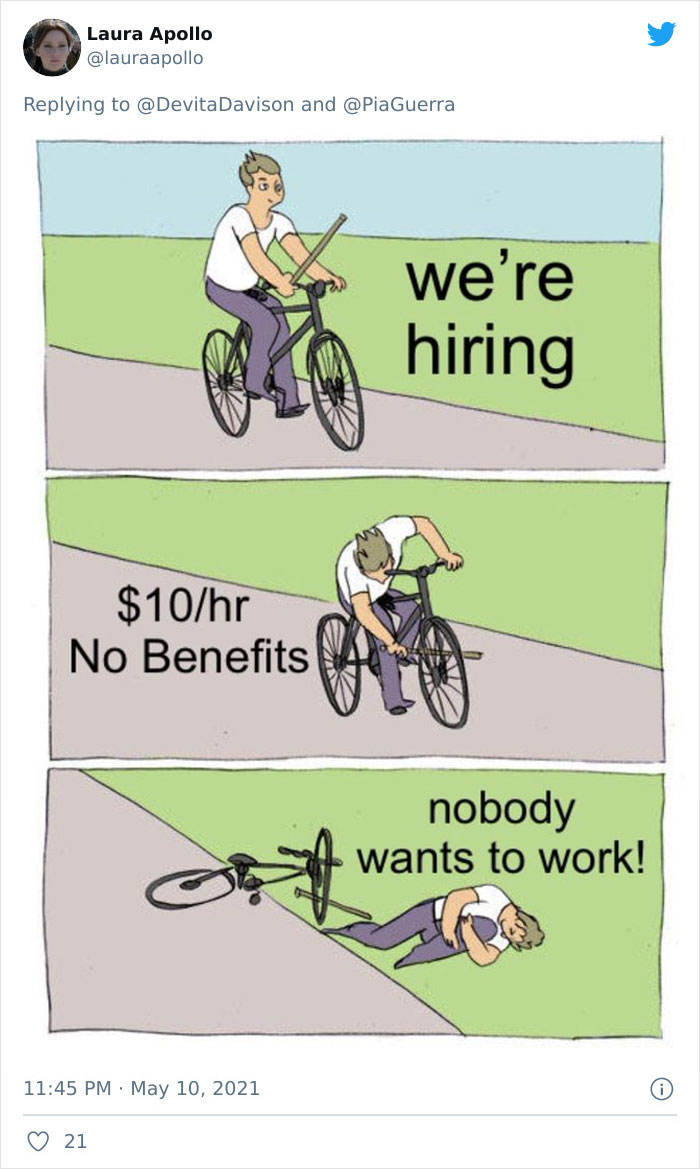
Image credits: lauraapollo

Image credits: MarsinCharge
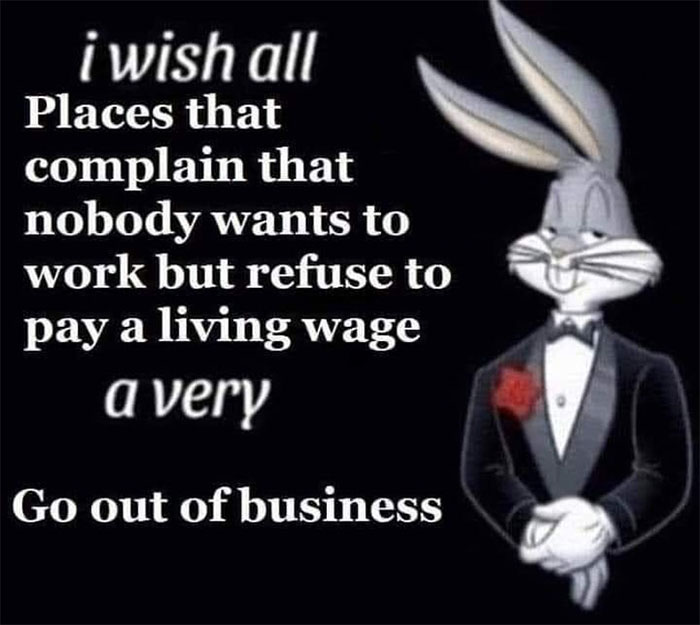
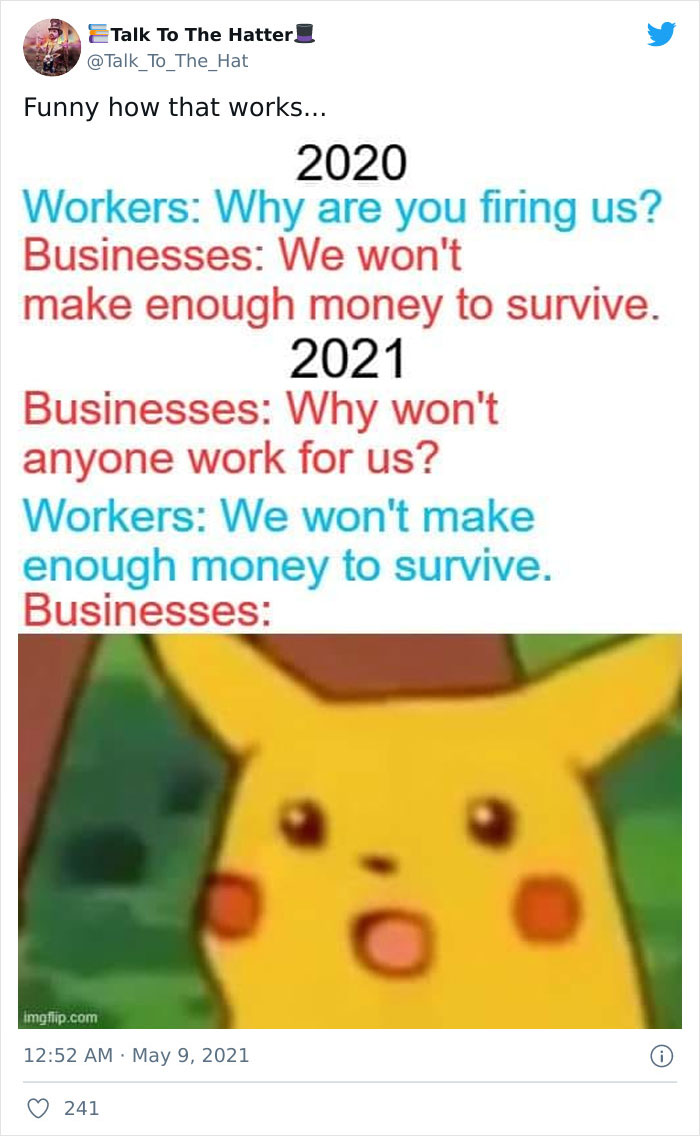
Image credits: Talk_To_The_Hat
The post Workers Explain Why "No One Wants To Work" By Creating Their Own Posters And Memes first appeared on Bored Panda.
from Bored Panda https://bit.ly/3eEKmrq
via Boredpanda